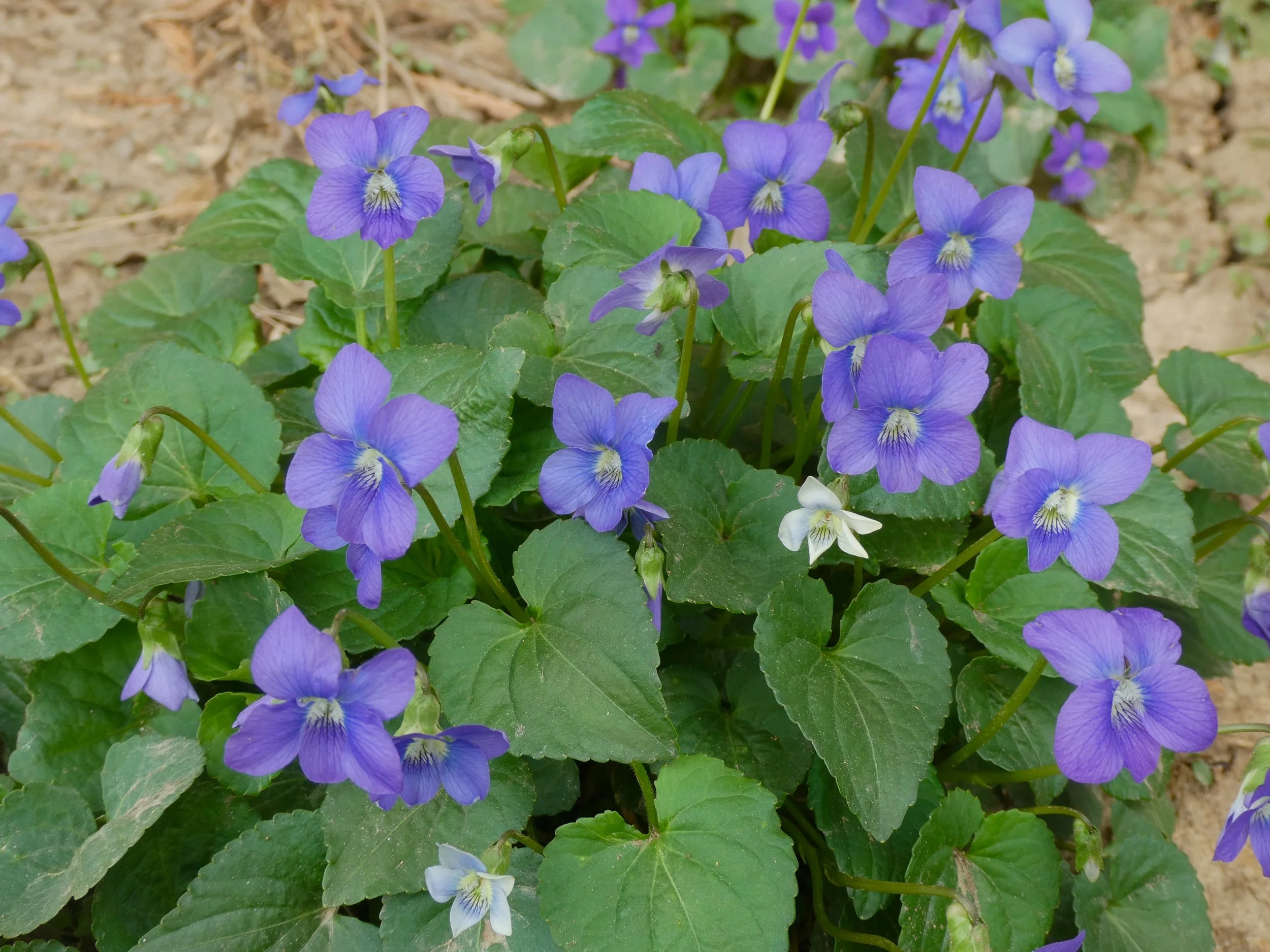
The Power of Native Plants
Fights Climate Change
Certain native plants like long-lived hardwood trees (Oaks, maples, etc) are excellent at sequestering carbon from the atmosphere.
If one homeowner planted 5 oak trees, in 75 years those trees would have removed close to 430,000 pounds of carbon from the atmosphere! This is roughly the equivalent of consuming 79,629 gallons of gas (driving 154 passenger vehicles a year) or the energy consumption of 85.2 homes for an entire year.
Climate models predict that we can reduce the severity and frequency of droughts by increasing native vegetation in our yards. This is because vegetation is very important to the water cycle and plants can add water vapor back into the atmosphere.
Supports Wildlife
Native plants can help restore and connect viable wildlife habitats which allows those species to thrive.
Human-dominated landscapes split natural areas up into small enough fragments where local extinctions of plants and animals become numerous. Reintroducing native plants into a yard provides an opportunity to protect and preserve species that are threatened or endangered.
It will also help strengthen food webs by keeping them complex and diverse, which is shown to increase ecosystem stability and productivity. If caterpillars do not have the native plants they need to survive, it will then have drastic impacts on the birds and insects that eat those caterpillars in addition to the mammals that eat those birds and insects.
Protects Natural Resources
Native plants provide numerous benefits to wildlife and have specialized relationships with them.
Fruits and seeds that are produced are nutritious resources for wildlife that are essential to their survival.
Native plants support thirteen times as many caterpillar species than their non-native counterparts. Oak trees support over 550 species of caterpillars! This is crucial because caterpillars are the majority of many songbirds diets: Carolina chickadees can gather 390 to 570 caterpillars a day.
Flowers provide pollen and nectar throughout the growing season for a variety of pollinators, including bees, butterflies, and hummingbirds. More importantly, these pollinators have co-evolved with specific species of plants that they use for food and to lay eggs.
Native plants also provide areas for wildlife to build nests and shelters. Unfortunately, lawns are an ecological “desert” and offer very few if any of the benefits that native plants do.
Stabilizes Ecosystems
Native plants are very useful when it comes to cleaning our air and water. Trees that are in urban areas can remove many harmful pollutants including:
Particulates (48 lbs/day)
Nitrogen dioxide (9 lbs/day)
Sulfur dioxide (6 lbs/day)
Carbon monoxide (0.5 lbs/day).
In addition, they are also effective at absorbing various levels of toxic heavy metals like lead, chromium, nickel, and cadmium.
The root systems of various native plants are excellent at stabilizing soil and reducing soil erosion and runoff, which greatly improves water quality. Another way they help keep our water cleaner is by capturing nitrogen and phosphorus in groundwater, two chemicals used in fertilizing that are polluting our watersheds.
Native plants also use their root systems to help water infiltrate through the soil and recharge underground aquifers. Did you know that 100 mature trees can capture around 100,000 gallons of rainfall each year (in the Eastern United States)!




